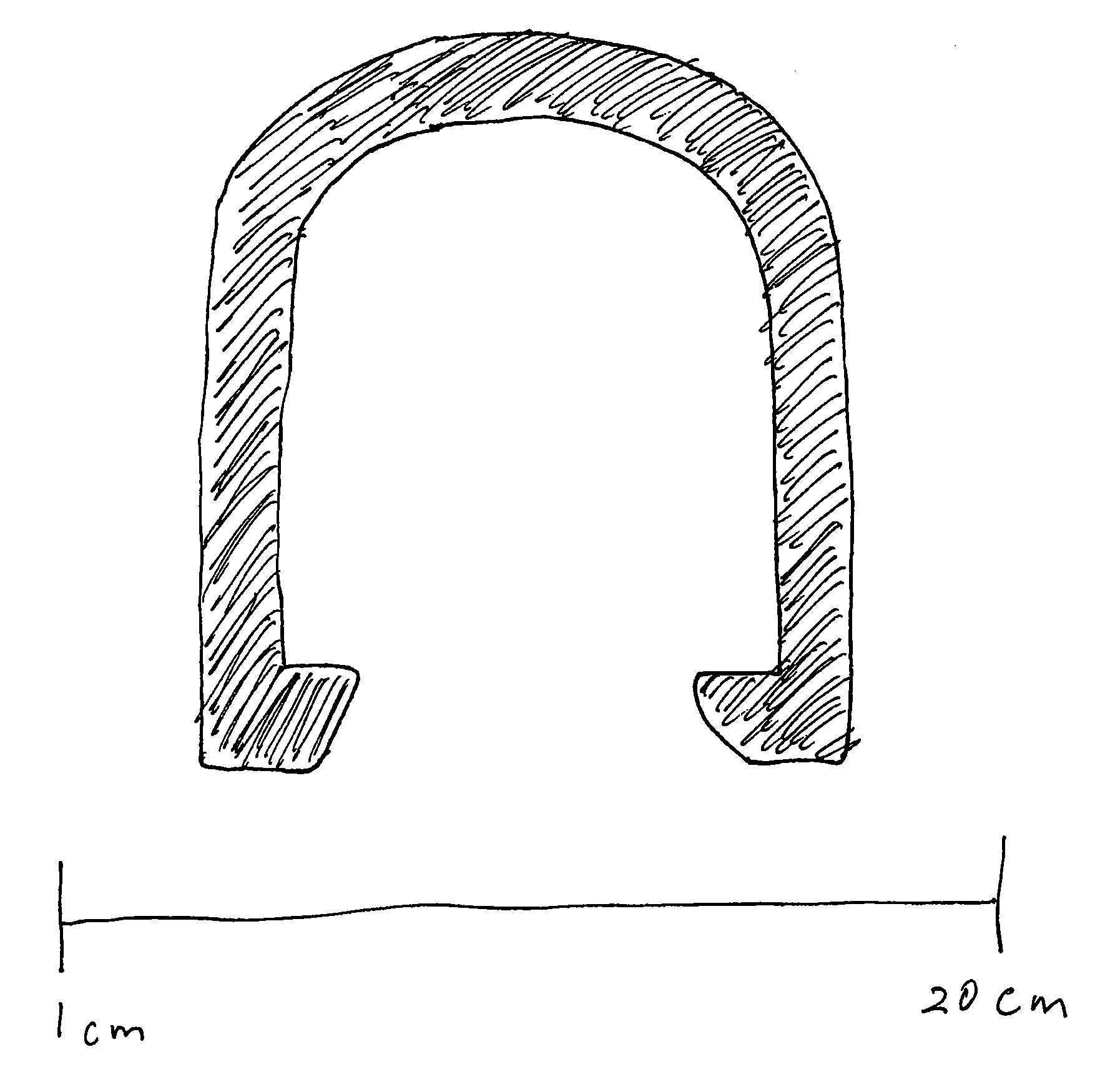Biodegradable composite, product made therefrom, and method of manufacture thereof
- Summary
- Abstract
- Description
- Claims
- Application Information
AI Technical Summary
Benefits of technology
Problems solved by technology
Method used
Image
Examples
example 1
[0025]An eco-composite material was successfully prepared according to the following formulation.
TABLE 1Composition of the eco-composite prepared in this workContent in weightComponentpercentage (wt %)Rice Husk60High-density polyethylene (HDPE)25.8Inorganic fillers2Maleic anhydride grafted polyethylene11(PF-g-MA)Pigment0.9Dispersion oil0.2Stabilizer in UV light0.1
The above eco-composite material was then tested for its physical properties. The result of the test was as follows.
TABLE 2Physical properties of the eco-composites prepared in this work.PropertiesTest StandardValueTwo-hour Boiling Water ImmersionASTM D570-984.72 ± 0.77%Twenty-Four Hour Immersion (23° C.)ASTM D570-981.10 ± 0.24%Immersion at 50° C. (two days)ASTM D570-983.85 ± 0.06%Modulus of Elasticity (Flexural)ASTM D790-03(2.62 ± 0.16) × 103 MPaImpact ResistanceASTM D256-0619.2 ± 0.5 J / m(1.89 ± 0.04) × 103 J / m2Modulus of Elasticity (Tensile)ASTM D638-03(2.73 ± 0.09) × 103 MPaTensile stress at breakASTM D638-0324.9 ± 0.2 M...
example 2
[0027]Another eco-composite material was successfully prepared according to the following formulation.
TABLE 3Composition of the eco-composite prepared in this workContent in weightComponentpercentage (wt %)Rice Husk30polypropylene (PP)44Inorganic fillers10Maleic anhydride grafted polyethylene15(PE-g-MA)Pigment0.6Dispersion oil0.3Stabilizer in UV light0.1
The above eco-composite was then tested for its physical properties. The result of the test was as follows.
TABLE 4Physical properties of the eco-composite prepared in this workPropertiesTest StandardValueTwenty-Four Hour Immersion (23° C.)ASTM D570-981.14%Modulus of Elasticity (Flexural)ASTM D790-03(1.98 ± 0.14) × 103 MPaImpact ResistanceASTM D256-06(3.78 ± 0.42) × 103 J / m2Modulus of Elasticity (Tensile)ASTM D638-03(2.34 ± 0.13) × 103 MPaTensile stress at breakASTM D638-0333.7 ± 0.2 MpaPercent elongation at breakASTM D638-033.09 ± 0.15%
example 3
[0028]Yet another eco-composite material was successfully prepared according to the following formulation.
TABLE 5Composition of the eco-composite prepared in this workContent in weightComponentpercentage (wt %)Rice Husk20High-density polyethylene (HDPE)75Inorganic fillers0Maleic anhydride grafted polyethylene4(PE-g-MA)Pigment0.7Dispersion oil0.2Stabilizer in UV light0.1
[0029]The above eco-composite was then tested for its physical properties. The result of the test was as follows.
TABLE 6Physical properties of the eco-compositePropertiesTest StandardValueTwo-hour Boiling Water ImmersionASTM D570-980.498 ± 0.058%Twenty-Four Hour Immersion (23° C.)ASTM D570-980.218 ± 0.064%Immersion at 50° C. (two days)ASTM D570-980.503 ± 0.001%Modulus of Elasticity (Flexural)ASTM D790-03(1.71 ± 0.13) × 103 MPaImpact ResistanceASTM D256-0626.5 ± 2.1 J / m(2.64 ± 0.22) × 103 J / m2Modulus of Elasticity (Tensile)ASTM D638-03(1.38 ± 0.03) × 103 MPaTensile stress at breakASTM D638-0323.5 ± 0.2 MpaPercent elong...
PUM
| Property | Measurement | Unit |
|---|---|---|
| Percent by mass | aaaaa | aaaaa |
| Temperature | aaaaa | aaaaa |
| Volume | aaaaa | aaaaa |
Abstract
Description
Claims
Application Information
 Login to View More
Login to View More - R&D
- Intellectual Property
- Life Sciences
- Materials
- Tech Scout
- Unparalleled Data Quality
- Higher Quality Content
- 60% Fewer Hallucinations
Browse by: Latest US Patents, China's latest patents, Technical Efficacy Thesaurus, Application Domain, Technology Topic, Popular Technical Reports.
© 2025 PatSnap. All rights reserved.Legal|Privacy policy|Modern Slavery Act Transparency Statement|Sitemap|About US| Contact US: help@patsnap.com



